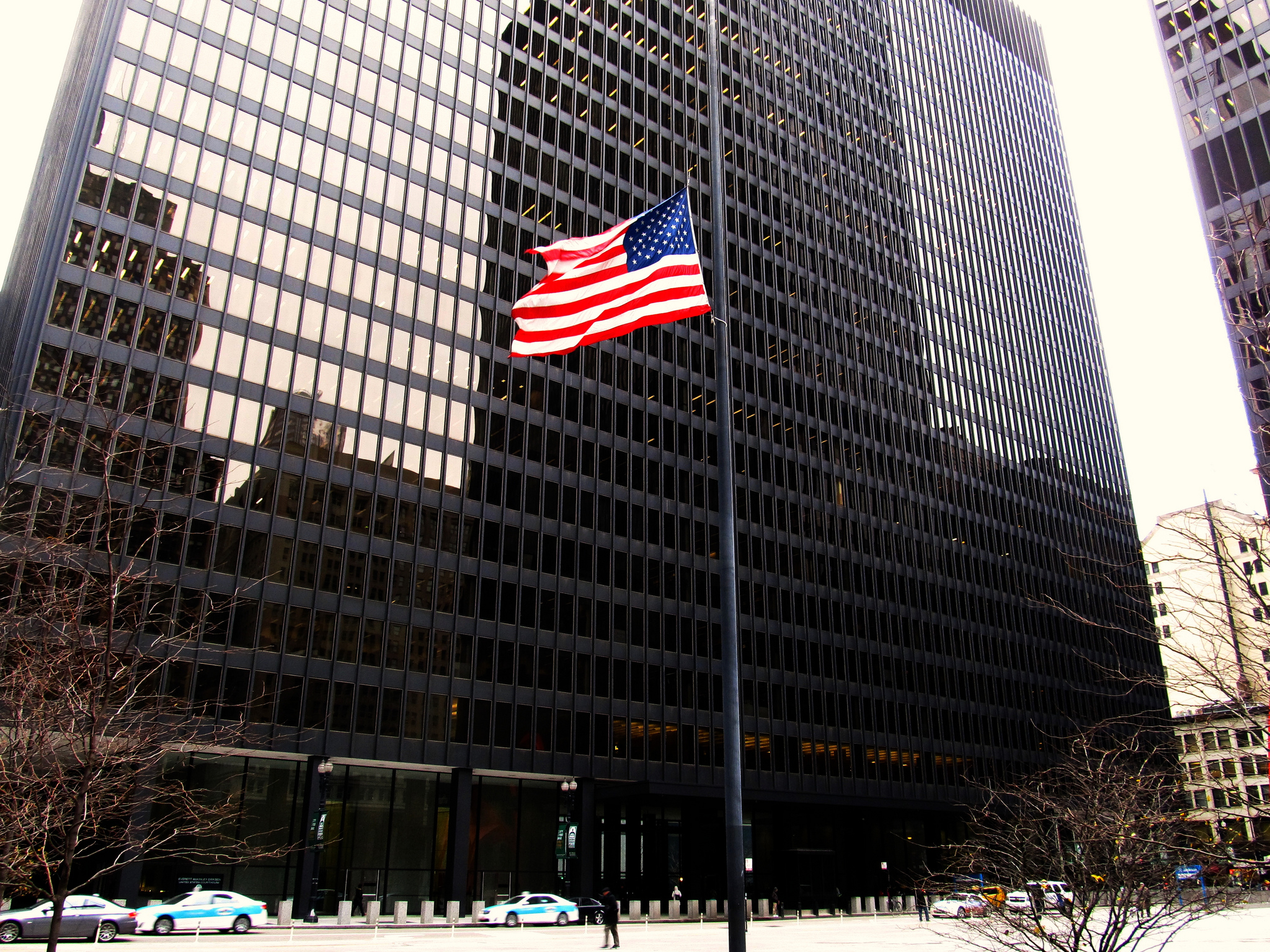In his latest guest post at the legal blog Concurring Opinions (“The Varying Use of Legal Scholarship by the U.S. Supreme Court across Issues“), Professor David Schwartz presents his own extensive empirical research on the U.S. Supreme Court’s use of legal scholarship in order to “report some new information and ask readers for potential explanations of the data.” Read an excerpt from the post below:
While patent law is my core area of scholarly interest, I have also studied the use of legal scholarship by the courts. My co-author Lee Petherbridge from Loyola-LA and I have conducted several comprehensive empirical studies using large datasets on the issue. More precisely, we have analyzed how often federal courts cite to law review articles in their decisions. We have empirically analyzed the issue from a variety of angles. We have studied the use of legal scholarship by the U.S. Supreme Court (available here), by the regional U.S. Courts of Appeals (study available here), and by the Federal Circuit (available here). . . .
As part of our Supreme Court studies, we identified which Supreme Court decisions cited to legal scholarship in every case from 1946 until the end of the 2010 Supreme Court term. This includes almost 8,000 decisions. We supplemented our information about legal scholarship with data in the well-known Spaeth database, also known as the Supreme Court Database. Despite criticism of the Supreme Court Database by some (including my colleague Carolyn Shapiro here), the Supreme Court Database has been called the “gold standard” for political science research.
Click here to continue reading, and don’t miss these other posts in Prof. Schwartz’s guest series at Concurring Opinions: “Should Empirical Legal Scholars Have Special Responsibilities?“, “Software Patent Eligibility”
*UPDATE: The Empirical Legal Studies blog also highlighted Professor Schwartz’s findings on the Supreme Court’s use of legal scholarship. Read the article here.



Leave a Reply